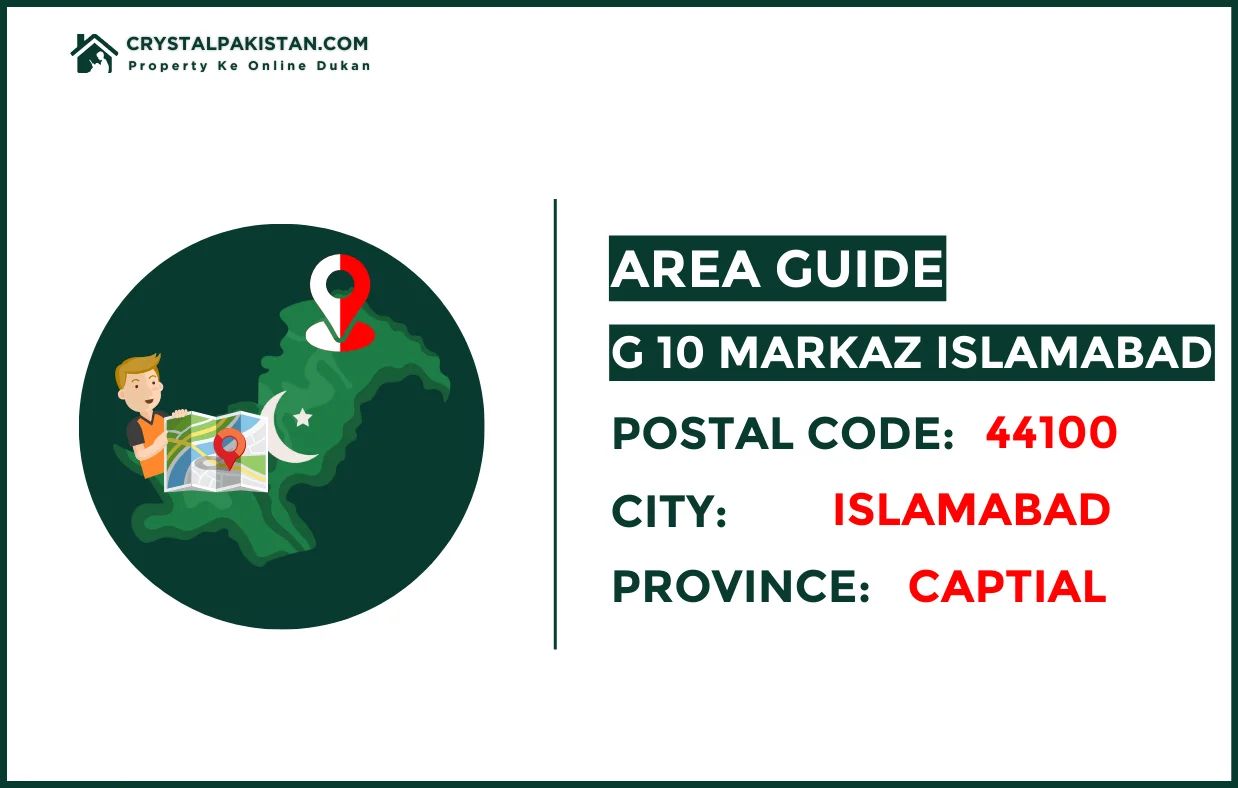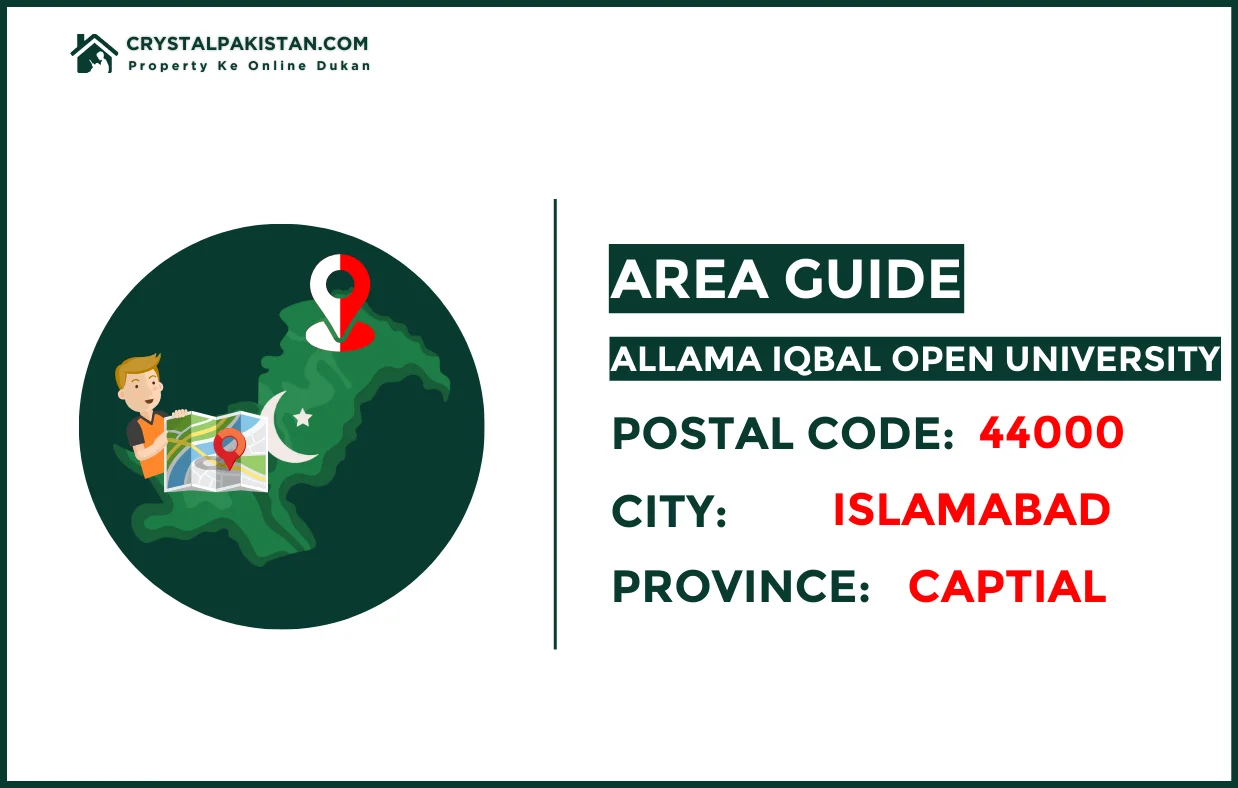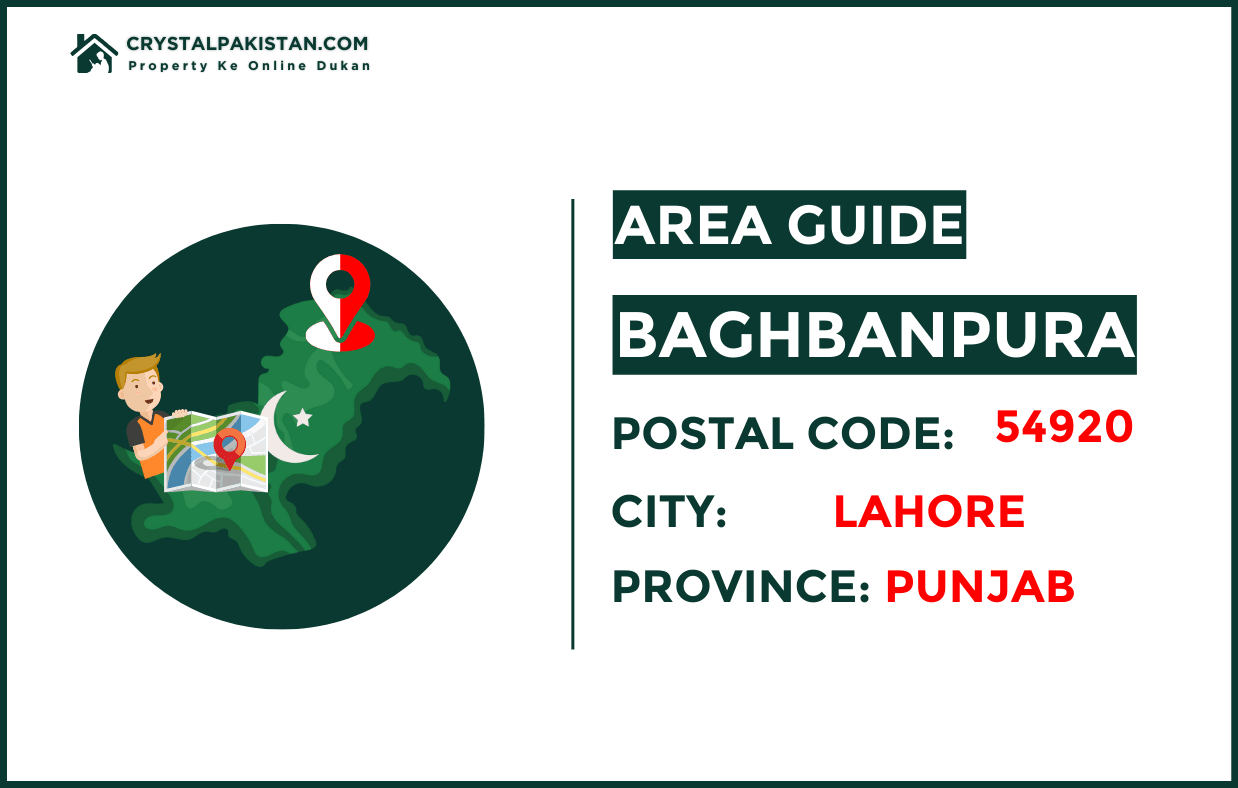The Pakistan federal government has officially announced a three-day public holiday for Eid ul Fitr 2025, set to begin on March 31 and extend through April 2. The eagerly awaited Eid holidays announcement aligns with the joyous conclusion of Ramadan, pending the traditional sighting of the Shawwal moon. Eid ul Fitr 2025: Dates and Moon Sighting Predictions The Cabinet Division confirmed the Eid ul...
BLOG
Navroz, also called Nowruz, is a happy and colorful festival that celebrates the Persian New Year and the start of spring. It happens every year on or around March 20, and in 2025, it will be extra special with exciting global events. This festival began over 3,000 years ago in Zoroastrianism, an old religion, and today it brings millions of people together across the world. UNESCO, a big global group,...
The government has changed the Revises Solar Net Metering Policy, lowering the price it pays for extra electricity from rooftop solar panels. This change is to make electricity prices fair for everyone and to reduce extra costs for people who do not use solar power. Key Changes in the New Solar Net Metering Policy Under the revised policy, the government will now buy excess solar electricity at Rs10...
Badiana is a small yet notable town located in the Sialkot District, Punjab, Pakistan. Situated approximately 17 kilometers (10.56 miles) southwest of the city of Sialkot, Badiana serves as an important location for nearby villages and residents. The town is well-connected to surrounding areas, making it accessible for travel and business activities. Location and...
Suraj Miani is an established yet ill-planned residential and commercial area in Multan, Punjab, Pakistan. Covering 108 Kanals, this locality features over 20 commercial buildings and offers connectivity to major roads, making it convenient for residents and businesses alike. With access to health, transport, and educational facilities, Suraj Miani is a significant area in Multan. Location...
IntroductionIf you're looking to get your driving license in Karachi, this guide will walk you through the complete process. Whether you're applying for a new license, booking a driving license appointment, or tracking your application status, this article will help you navigate the system efficiently. How to Apply for a Driving License in Karachi To apply for a driving license in Karachi,...
G-10 Markaz in Islamabad is one of the most sought-after locations in the capital city. Known for its ideal location, well-planned infrastructure, and accessibility, this commercial and residential hub caters to a diverse range of needs. Whether you are a resident, a visitor, or an investor, G-10 Markaz offers everything from shopping and dining to healthcare and education facilities. Below is a detailed...
Allama Iqbal Open University (AIOU), located in Islamabad, Pakistan, is one of the largest institutions of higher learning in the world, offering accessible and affordable education through distance learning. Founded in 1974, the university has become a prominent hub for students from all over Pakistan, especially those who cannot attend traditional brick-and-mortar institutions. This area guide explores...
Baghbanpura Lahore is a historic neighborhood located along the famous Grand Trunk (GT) Road, approximately 5 kilometers northeast of Lahore’s city center. Known for its rich Mughal heritage and cultural significance, Baghbanpura is home to iconic landmarks, bustling bazaars, and residential opportunities. In this guide, we explore everything you need to know about Baghbanpura, from its history and...
Agriculture House Lahore is an important landmark in Lahore, Punjab. Situated at 21 Davis Road, Garhi Shahu, it serves as a significant location for agricultural and administrative activities in Pakistan. This article provides an in-depth overview of Agriculture House Lahore, focusing on its location, postal code, and related information. Table of Contents What is Agriculture House...









